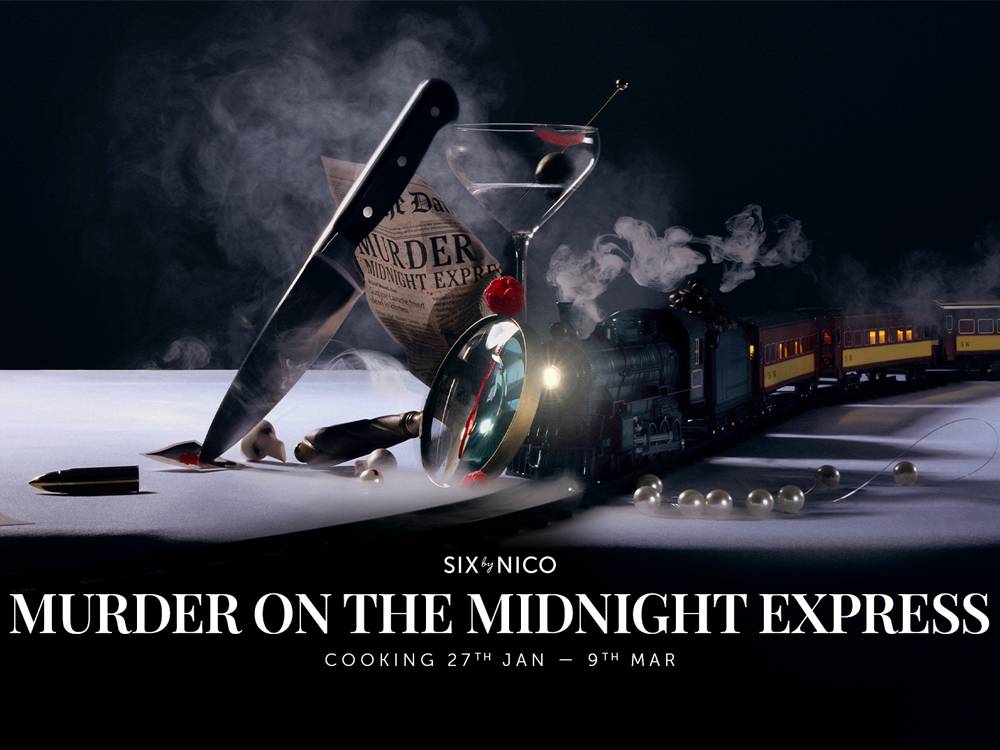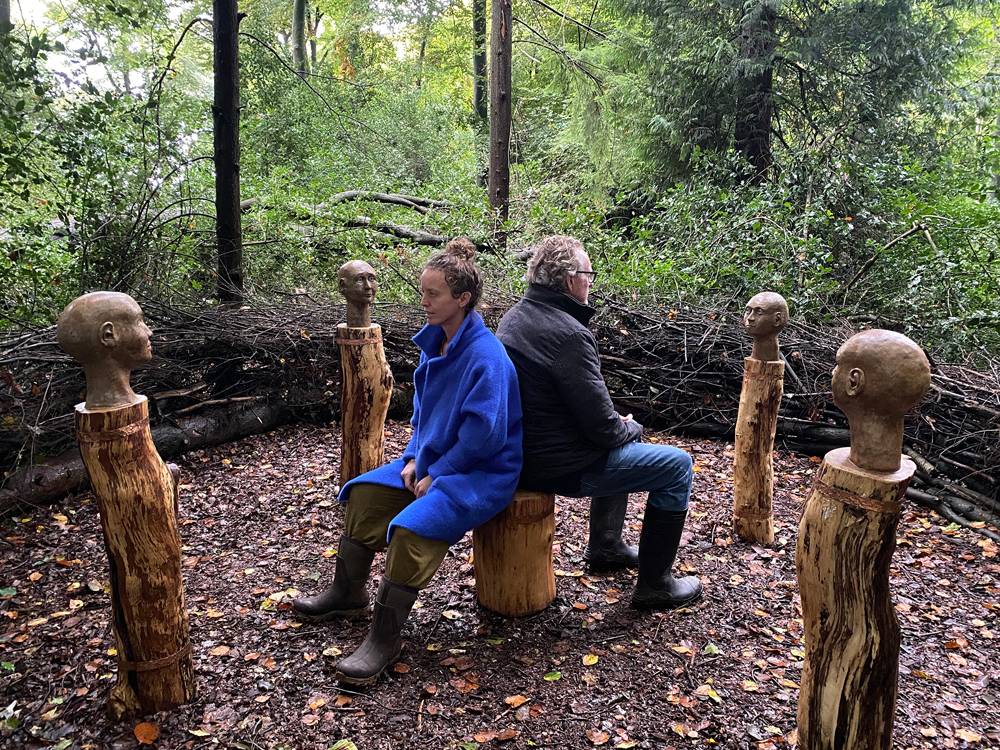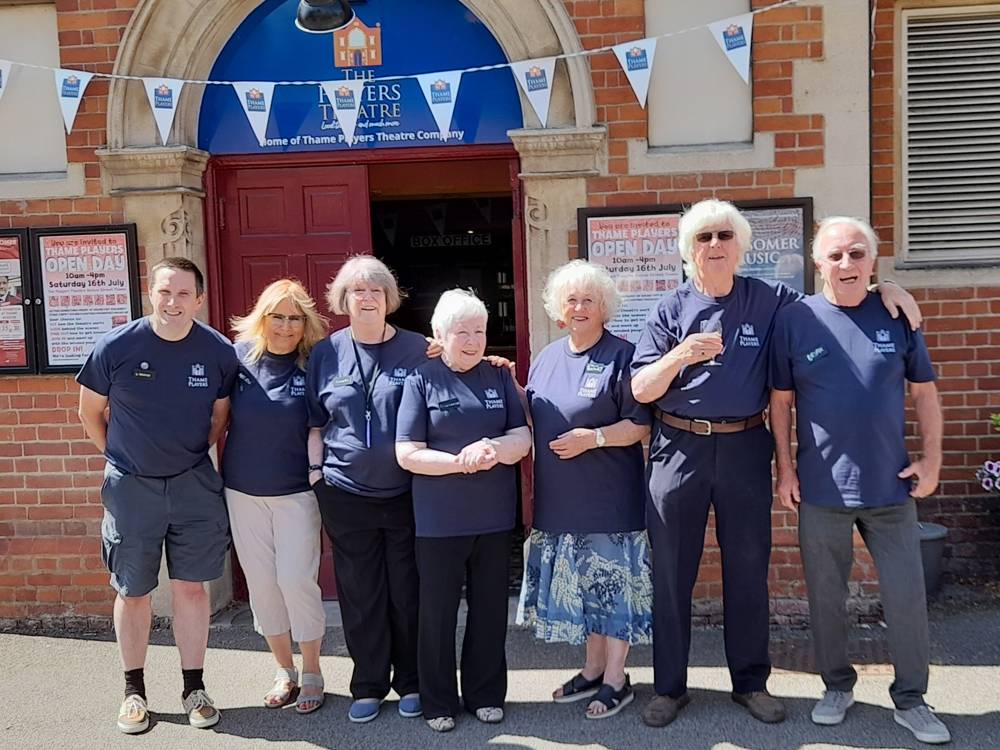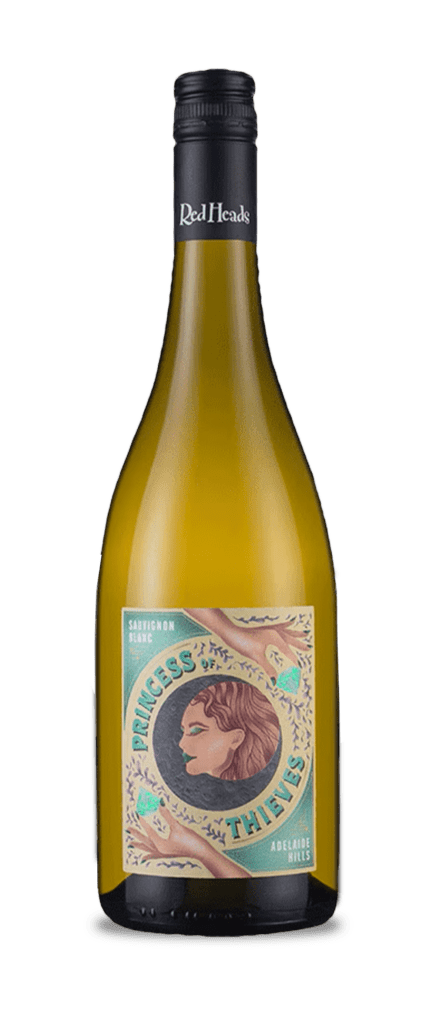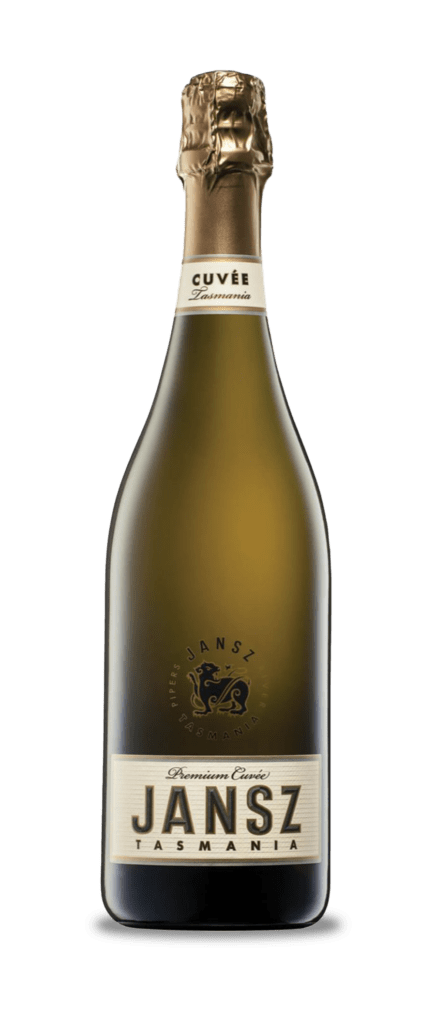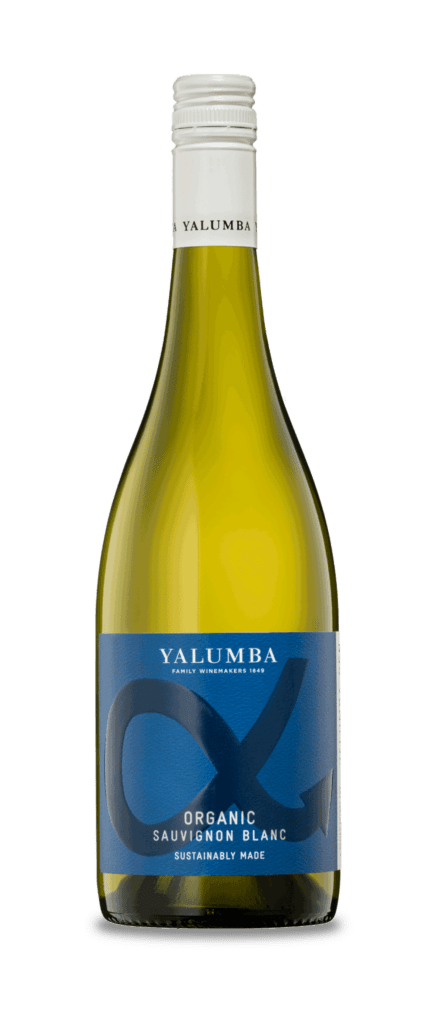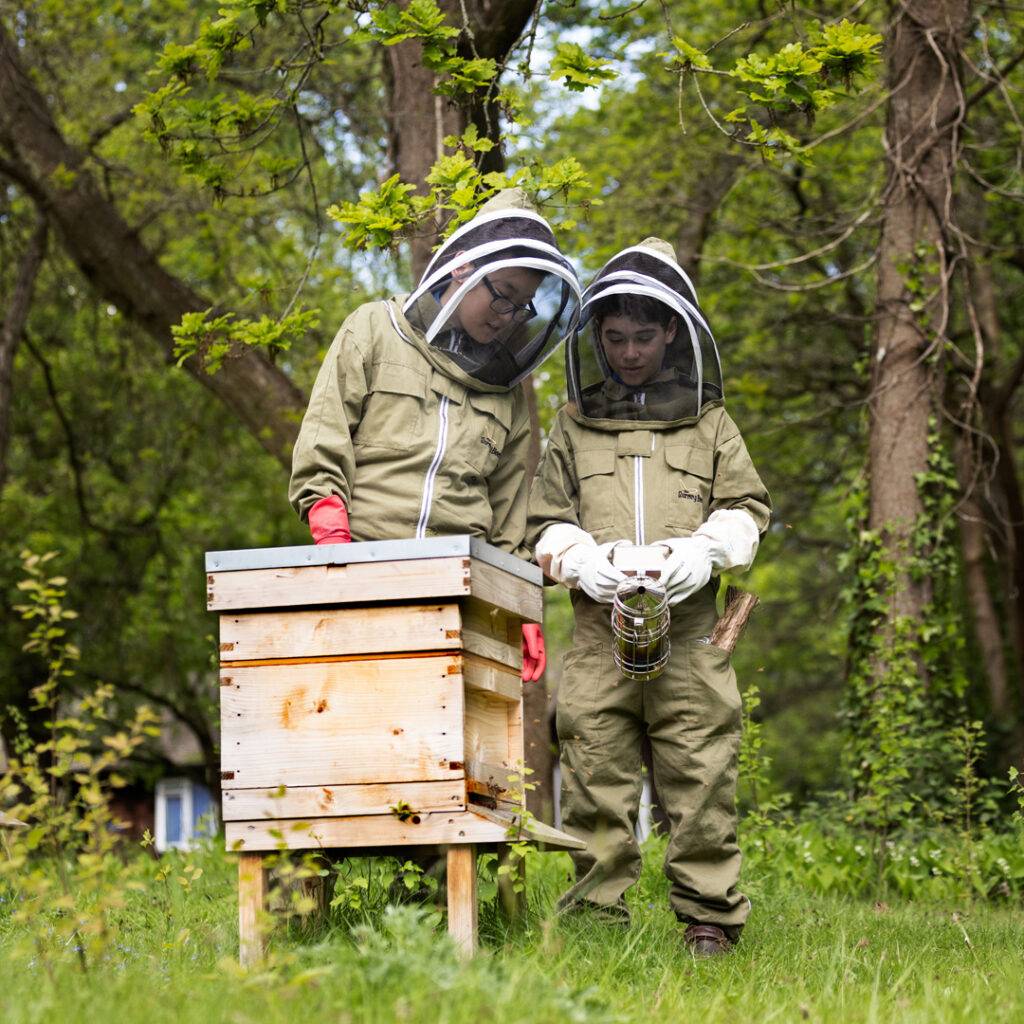Round & About Magazine’s resident wine columnist Giles Luckett offers his picks for the best Valentine’s Day Wines as love (of wine) is in the air…
For The Love Of Wine
It’s February and love is in the ai, well in the glass, so this time out I’m recommending a flight of wines that will quicken the pulse, after all, they do say wine is good for the heart. Whether you’re cooking up a storm for the love of your life, popping that all-important question, or simply celebrating another year together, you’ll find the perfect partner below.

Many wine lovers will be looking for something pink and fizzy come Valentine’s Day, and if you’re after something classy and affordable, try the Casa Canevel Prosecco Rosé (Strictly Wine £18.50). Seriously good and seriously good fun, this offers masses of bright, pear and melon fruit that are shot through by strawberry and tangy raspberry flavours before cream and citrus come in at the finish. Delightful on its own, it’s got the fruit and intensity to partner with dishes such as seafood, pan-fried fish or baked cheese.

Next up, a wine with a message on the bottle: the quotation, ‘A good wine is a wine you want to taste again’. That’s certainly the case with the Marius Rosé (ND John £10.45) from Rhône legends, Chapoutier. What I love about this, is that everything about it feels natural and unforced. The colour is a gorgeous mid-pink with shades of amber, not the lurid pink of so many rosés these days. The bouquet is pretty and fragrant, balancing summer berries and red cherries with a lift of citrus, while the palate’s easy-going blend of bright red fruits, blackberries, lemon and cherry twists make ideal bedfellows. Serve this with pink fish or pink lamb and I’m sure you’ll be tickled pink.

English sparkling wine has captured the heart of many a critic and consumer over the last few years. The quality has become so impressive that champagne houses such as Taittinger now have wineries on this side of the Channel. As a long-time admirer of them, I was delighted to discover the Candover Brook Rosé (Candover Brook £38). Produced in Hampshire using Champagne grapes and Champagne methods including a minimum of three years of bottle ageing, this Wine GB Gold Medal winner is a stunner. Offering ample cranberry and dried strawberry fruits, citrus, minerals, and a touch of chalky bitterness it has a very classical feel to it, but there’s something in the joyously lively finish that marks it out as new and exciting. Tasted blind I’d have to put this down as a fine rosé champagne.

Speaking of champagne, rosé champagne sales spike in early February in part as it’s the most popular day to propose, followed by the Saturday before Christmas for reasons I cannot fathom, do fiancées get better gifts…? Anyway, if you’re thinking of popping the question or just want to show the love of your life how much you care, then I recommend popping the cork on a bottle of Taittinger Rosé (Tesco £48). This beautiful wine exudes Taittinger’s class and elegance. The bouquet is a complex mix of red and black fruits with yeast, citrus, and red blooms adding further diversion. On the palate it’s silky and refined, the tiny bubbles giving lift and zest but without the coarseness of some champagnes. Raspberries, loganberries, and a hint of blackberries lead the charge, followed by a long, lingering finish with chalky minerals and a touch of salinity. Serve this lightly chilled on its own (it’s better if you let it breathe for an hour or so) or with seafood, rare red meats or poultry.

Chardonnay is a grape that’s always been close to my heart and while the great wines of Burgundy have now become the preserve of tech billionaires – who else is drinking Domaine Leflaive Montrachet at £20,000 a bottle? – head-turning examples are still available to us mortals. Last week I had my second encounter with the Giant Adelaide Hills Chardonnay (£9.99 Waitrose) which reaffirmed my belief that this is a little cracker of a wine. I don’t like to recommend wines I’ve only tasted once. Like first dates, they can leave you giddy as you experience the first flush of romance only to disappoint when you next see them. This was better the second time around. Hailing from the cool of the Adelaide Hills, it has plenty of energy and delivers shedloads of white and green berries supported by lemons and grapefruit. Give it an hour open and peaches, honey and that burnt match reductive note that I so adore comes through too. This is an awful lot of wine for the money and pairs wonderfully well with poultry, meaty fish, and vegetarian dishes.

As the old saying goes, ‘The way to a man’s heart is through his Riesling’, OK, I may have got that wrong, but it’s certainly a way to my heart. Riesling is perhaps the greatest of all grapes, and in the hands of a master like Ernst Loosen, it’s a sure-fire winner. This year my much better half and I will be sharing a bottle of the Dr. Loosen Ürziger Würzgarten Riesling Kabinett 2022 (£15.99 Waitrose) with our lobster (please take the hint, Mrs. L). With its combination of intense fruit – apples, peaches, grapes, watermelon – minerals, and zippy lemon and lime acidity, this is one of those wines that is just too easy to drink and before you know where you are you’ll be looking for a second bottle. While there is a little residual sugar, its tangy freshness and crispness give it a dry feel, and when partnered with shellfish or Asian cuisine, it’s sensational.

And so, to the reds and a wine that couldn’t be more appropriate for this time of romance, the Domaine de la Pirolette Saint-Amour 2022 (Vinatis £17.24). I’m a great fan of Beaujolais and this is one of the best I’ve had in a long time. A great Beaujolais should be full-bodied, ripe, and with a distinctive minerality to it and that’s what you get with this lovely Saint-Amour. Wonderfully deeply coloured, the nose is rich and exotic and brims with stewed black fruits, roasted meat, earth, chocolate, and a hit of sour cheery acidity. Mouth-filling and warming, there are shades of the Rhône – black cherries and pepper – and Burgundy – strawberries and raspberries – before savoury minerals hit the finish. I tasted this on its own and it was delicious, but with hearty dishes, it would be even better.

Spain is probably my favourite wine-producing country. My love for its wine is borne out of its singular combination of brilliance, diversity, and value. Early this year I discovered a new wine from an old friend that further fanned my Spanish passion. It’s the Juan Gil Monastrell Blue Label, (Premier Cru Fine Wine £27.39). The Blue Label is the big brother to the must-buy Juan Gill Yellow Label (Songbird Wines £12.75) and this mixture of Monastrell, Cabernet Sauvignon, and Syrah is even more compelling. Inky red-black, the brooding bouquet takes time to open up before revealing blackcurrants and blueberries, green peppers and black peppercorns. Intense and energetic, this serious red is weighty yet precise, offering layer upon layer of black berries and plums backed by tones of mint, leather, charcoal and black olives. Let this breathe for a couple of hours and serve with liver, pecorino cheese pasta, or tomato-rich dishes.

I’ll stay in Spain for my last recommendation, the Azabache Coscojares Vinedo Singular Rioja 2018 (Findlays £38.99). This was love at first sight and first sip – how could you not love this dumpy little bottle? This is one of Rioja’s Viñedo Singular, a relatively recent classification for wines that come entirely from a classified vineyard, with vines that are at least 35 years old, are harvested by hand and which give much lower yields. Made exclusively from Garnacha at an altitude of 520m, this is Rioja refinement par excellence. Mid-red with a sumptuous nose of cherries, plums, toasty vanilla, and a touch of balsamic, the Christmas cake-rich palate is fantastically fruity, super smooth, and has savoury tobacco, sage, mint, and orange zest on the finish. What a wine!
Well, that’s enough love for now, next time I’m out I’ll be taking a deep dive into Tuscany with an interview and profile of the wonderful wines of San Felice.
Cheers!
Giles








